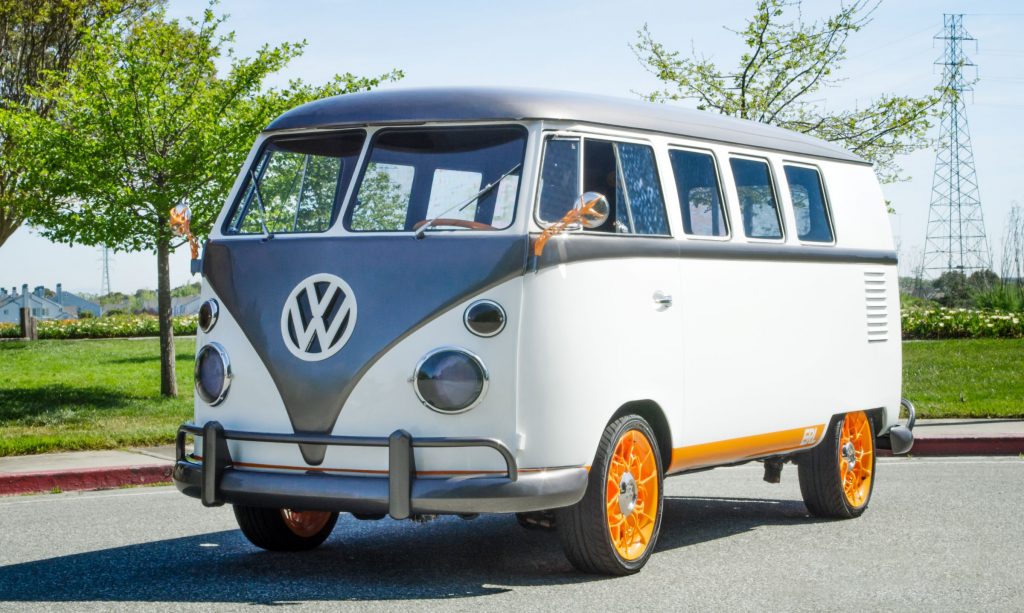
Some two decades ago, the Volkswagen Group opened a three-person office in Silicon Valley, looking to tap the region’s burgeoning tech scene for new transportation breakthroughs. Today, that office includes more than 180 engineers, designers, researchers and social scientists – the largest such office outside Germany.
Earlier this month, Volkswagen announced a new name and increased responsibility for the site: the Innovation and Engineering Center California. And to demonstrate how it will blend the best of Volkswagen’s heritage as the company embraces an electric future, the center revealed a stunning electric-powered test vehicle called the Type 20 Concept.
“The future of the Volkswagen Group will be defined by our success in developing new technology that is designed to meet our customers’ needs,” said Scott Keogh, President and CEO, Volkswagen Group of America. “As we roll out the next generation of electric and autonomous vehicles, innovation will increasingly define who we are.”
The former Electronics and Research Laboratory has a long history of applying advanced technology to vehicles. In 2005, the lab’s “Stanley” robotic research vehicle won the DARPA Grand Challenge, navigating 132 miles of desert without a human driver or intervention. Other tech developed at the center, like predictive navigation and speech controls, have been deployed in Volkswagen Group models around the world.
The Type 20 Concept ties the past and future together. Built by a team of 25 in less than six months from the bones of a 1962 Type 2 11-window Microbus, the Type 20 has been converted to run on a 120-hp electric motor, powered by a 10-kW battery pack – both sized to fit in the tight confines of the original bus powertrain.
While it retains most of the styling cues of the original Type 2, the designers and engineers wanted to make it a rolling advertisement for the future of automotive technology.
“When we first envisioned this project, we wanted to build something that would make a young kid want to become an automotive engineer or an automotive designer when they grow up,” said Erik Glaser, principal product designer at the IECC. “It’s the perfect representation of what we do here – it’s part German, it’s part Californian, and it puts technology first, but with a really emotional story behind it.”

The first sign of the Type 20’s real character comes from the alien-looking wheels and rearview-mirror supports. Both pieces, along with the steering wheel and seat supports in the interior, were created using “generative design” – a computing process that mimics evolution to create natural-seeming shapes that maximize strength while minimizing weight.
The headlights and VW logo aren’t just lit by LEDs. They’re part of a futuristic digital assistant powered by an intelligent speech agent built from existing Volkswagen Group technology. Microphones and cameras inside and outside the Type 20 can use facial recognition and natural-language commands to let users access the vehicle, and respond with light.
Inside, the Type 20 features a full custom interior and a Looking Glass II holographic display integrated into the dashboard, generating 3D images without the need for specialized glasses.
“The bus was put together as a way to celebrate our 20 year existence as a lab,” said Nathaniel Coser, senior staff engineer. “It’s a combination of our heritage and our future.”
